Long before Silicon Valley Bank failed, the banking sector was experiencing a silent bank run. Unlike the Great Depression, where lines of people clamoring for their money were blocks long, this silent bank run, as its name portends, has been out of sight until recently. There are a couple of reasons for this. First, online banking allows for split-second transfers from one bank to another bank or financial institution. Second, unlike the Depression, this silent bank run has been gradual and lacks media coverage.
Until the last week, the silent bank run has not been about solvency concerns such as the Depression. Instead, customers moved money from banks to higher-yielding options outside the banking sector. The graph below from Pictet Asset Management shows that money market assets and domestic bank deposits have trended in opposite directions since the Fed started hiking interest rates. As a result of the silent bank run, banks must tighten lending standards and sell assets. This is already happening. To wit: “The primary loan market feels like a Scooby Doo ghost town – recently deserted and a bit haunted.” – Scott Macklin -AllianceBernstein. Because the economy heavily depends on increasing amounts of credit to grow, this silent bank run will likely lead to a recession.
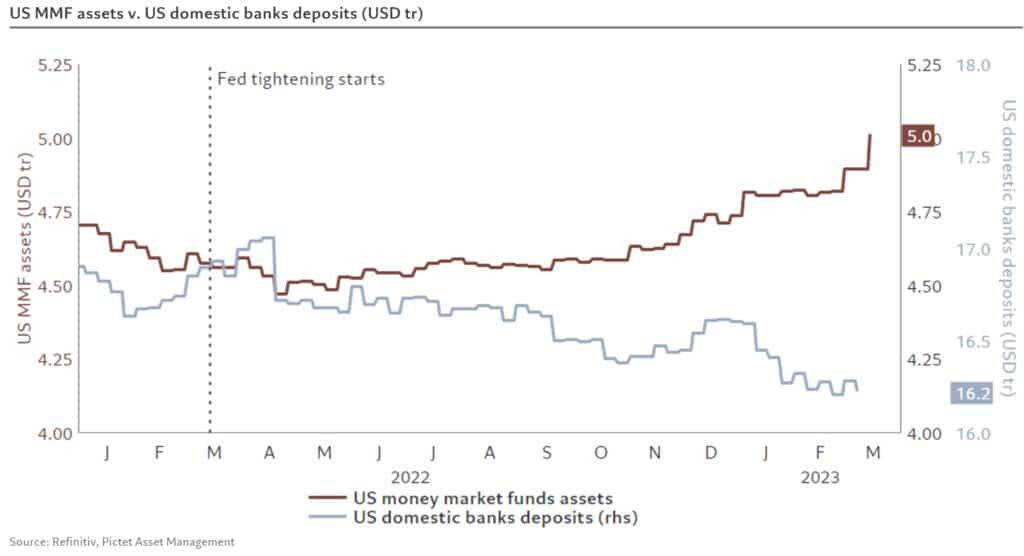
What To Watch Today
Economy
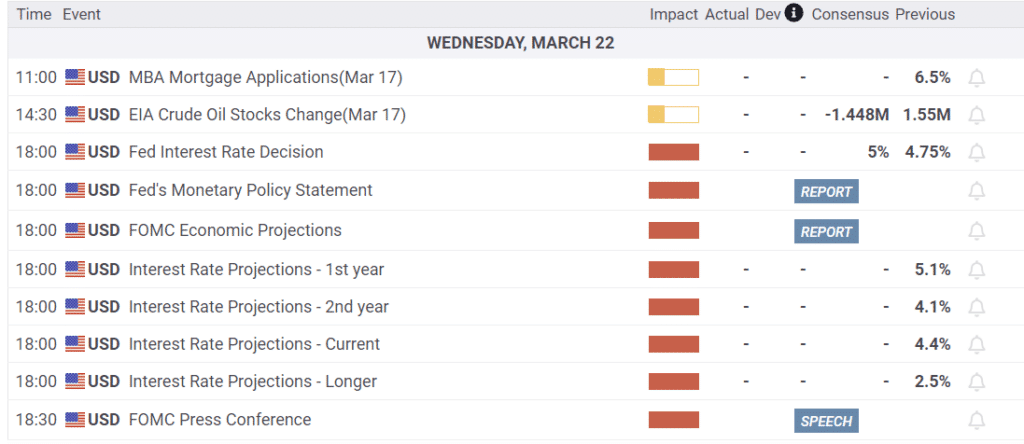
Earnings
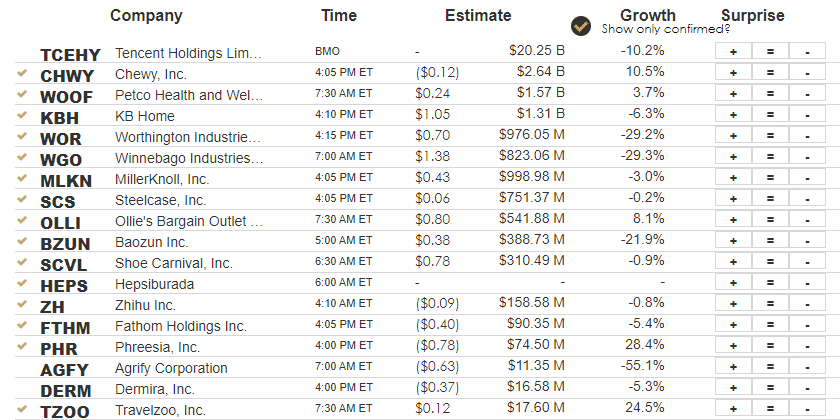
Bull Market Is Back – Buy Signals Light Up
In early February, we recommended reducing exposure as all of the “sell signals” triggered.
“While that sell signal does NOT mean the market is about to crash, it does suggest that over the next couple of weeks to months, the market will likely consolidate or trade lower. Such is why we reduced our equity risk last week ahead of the Fed meeting.”
Of course, since then, the market did trade decently lower. However, with the rally yesterday as the “banking crisis” was laid to rest, the market not only confirmed the test of the December low support but rallied above key short-term resistance and triggered both our MACD and Money Flow “buy signals,” as shown.
The only challenge for the market between yesterday’s close and the February highs is the 50-DMA which is short-term resistance. The 200-DMA is now confirmed support. If the market breaks above the 50-DMA tomorrow, there is plenty of “fuel” for the market to push to 4200-4400.
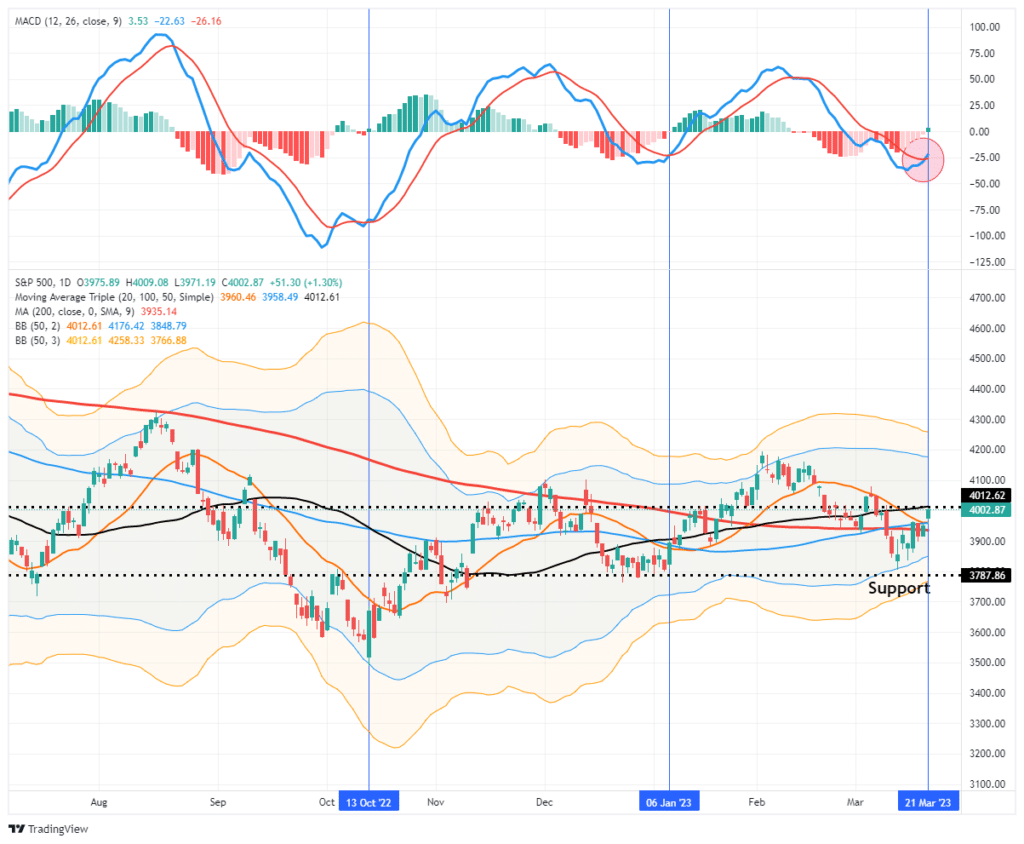
Primary MoneyFlow Indicator Registers Buy Signal
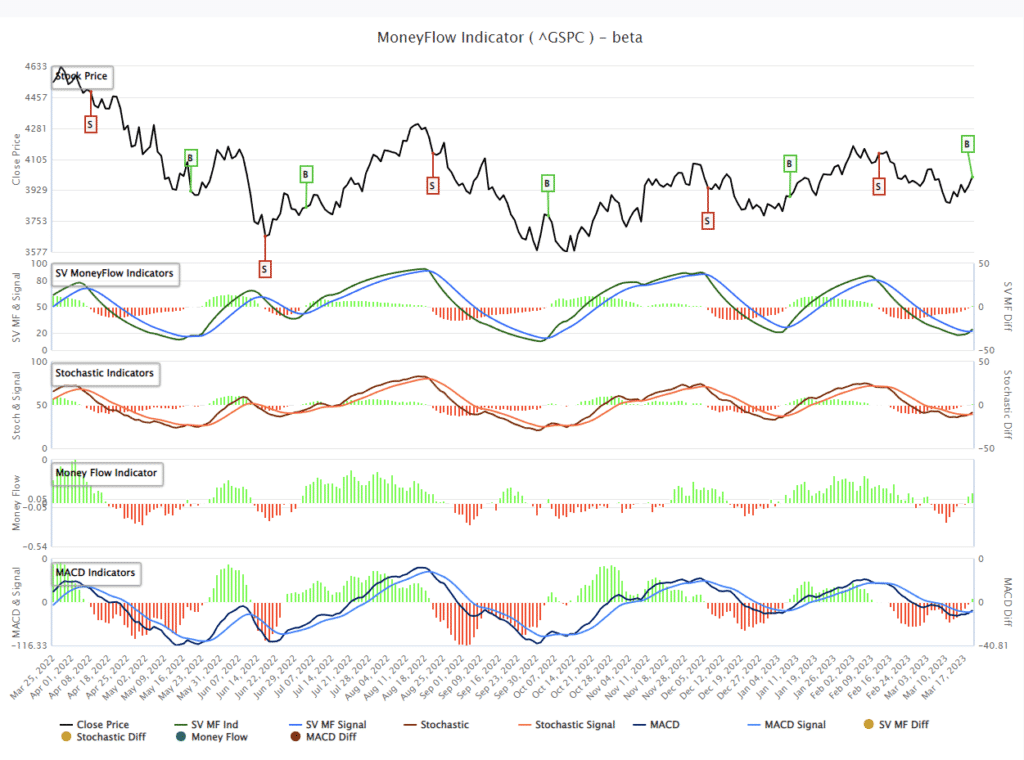
We will be increasing exposure to portfolios fairly quickly, starting most likely tomorrow following the Fed announcement. The market is sniffing out a fairly dovish take from the Fed, so we will see if they are right.

Investor Conditioning vs. Reality
Lance Roberts leads his latest ARTICLE with a critical question.
“QE” or “Quantitative Easing” has been the bull’s “siren song” of the last decade, but will “Not QE” be the same?
Whether the latest bank bailout is technically QE or not, investors seem conditioned to believe that any Fed-related bailout is QE. If that holds this time, the latest jump in Fed assets, shown below, is probably bullish. In one week, the Fed offset over four months’ worth of QT. The second graph from the article shows the robust correlation between the growth of the Fed’s balance sheet and the growth of the S&P 500. While the economic outlook may not be good, liquidity or perceived liquidity can drive markets higher for extended periods.

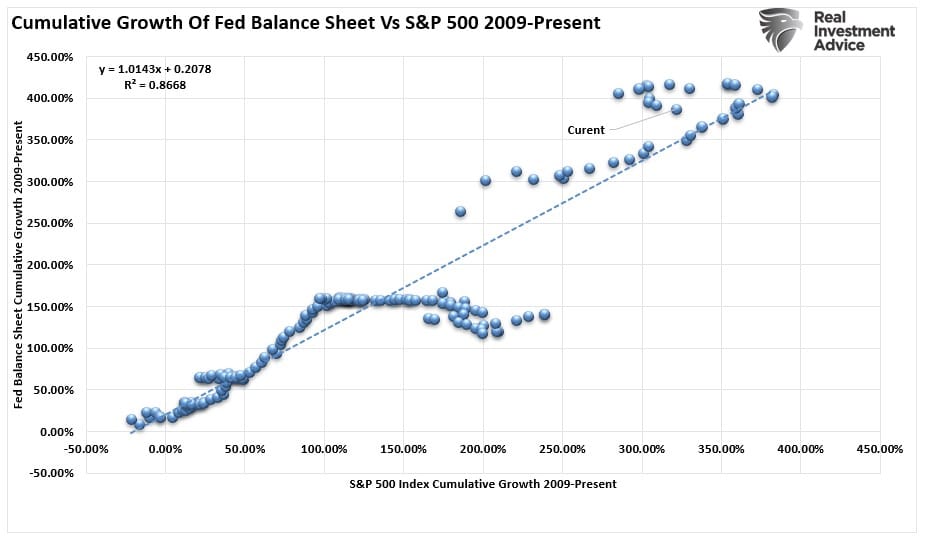
Insuring All Deposits
The Fed and Treasury are contemplating guaranteeing the banking system’s $17.6 trillion of deposits. The problem is the FDIC only has $128b of capital. While insuring deposits may make sense, banks must raise capital to build the proper amount of FDIC insurance to cover all deposits. If the Treasury decides to insure deposits, will they issue trillions of debt to create a backstop? Or might they rely on funding from the market when the insurance is needed? Whether it’s larger deficit funding or capital funding from banks, the effects are concerning.

High Two-Year Note Volatility May Stick Around
As shown below, the two-year note recently fell by about one percent over the last few weeks. A crisis of sorts accompanied each prior significant decline. If you notice, the large declines tend not to be one-time moves. Volatility tends to stick around. Thus, the recent decline is likely not the last big move up or down. Rate volatility may be here to stay for a while.
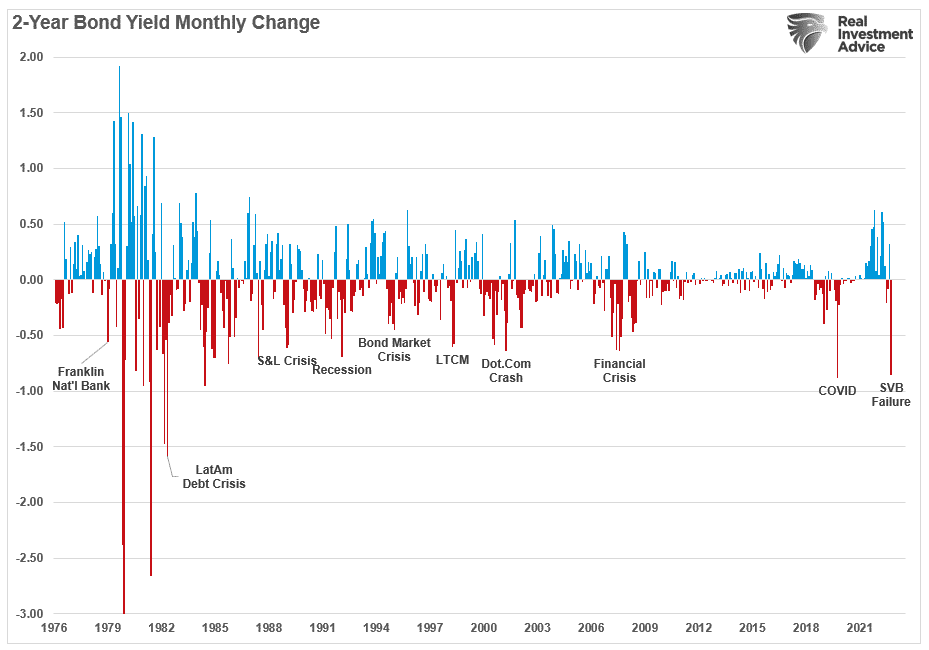
Tweet of the Day
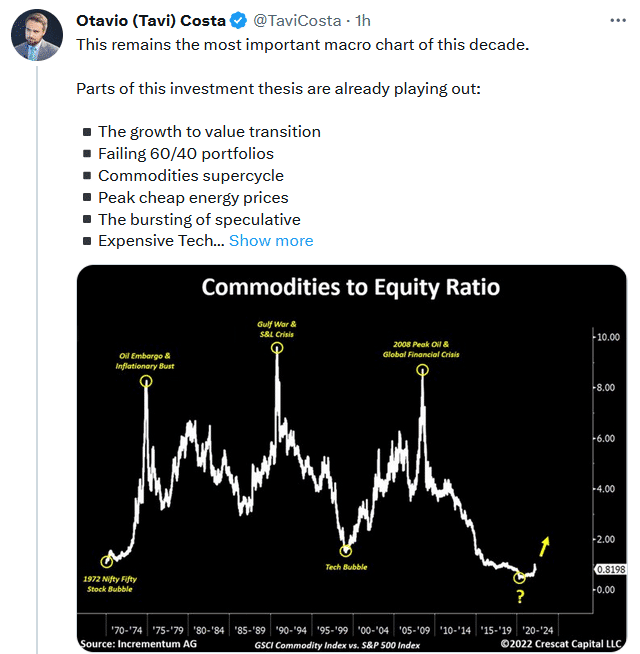
Please subscribe to the daily commentary to receive these updates every morning before the opening bell.
If you found this blog useful, please send it to someone else, share it on social media, or contact us to set up a meeting.




